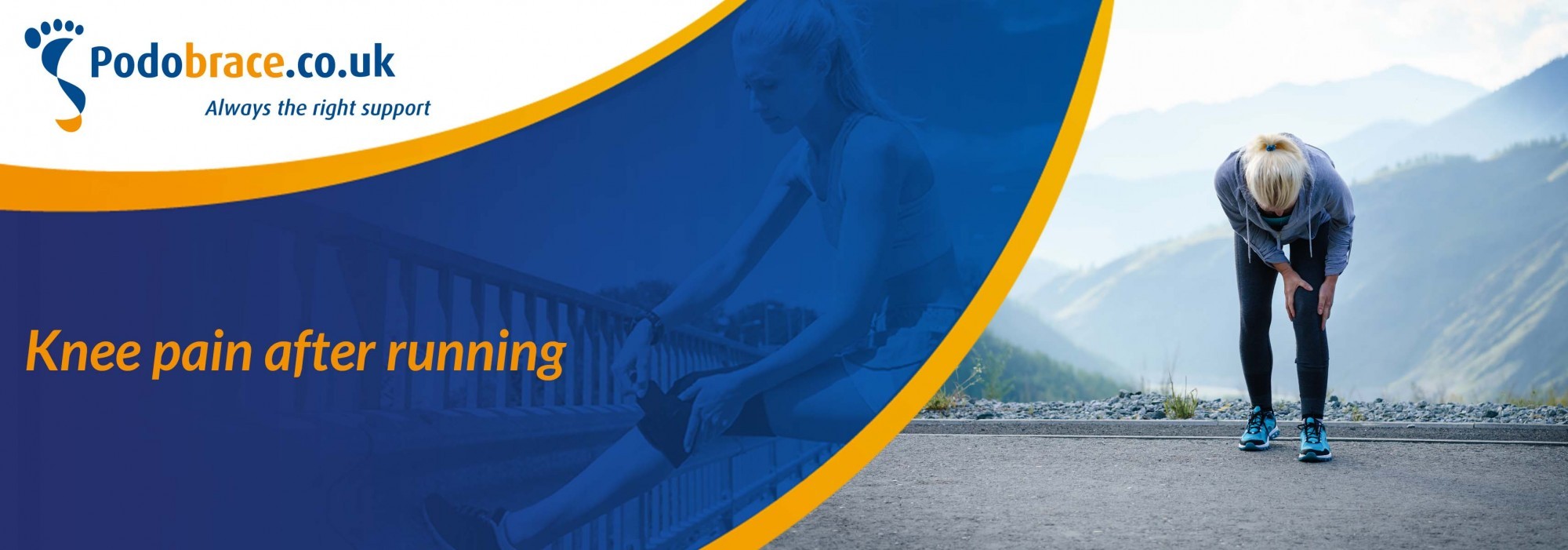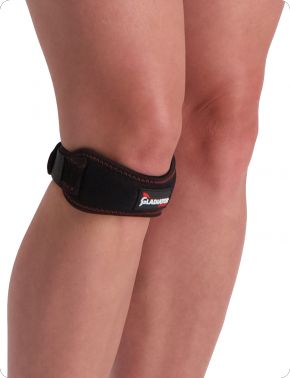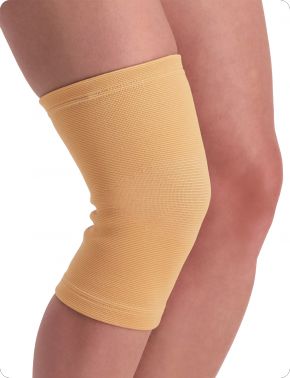
Knee pain after running
Knee pain after or during running is one of the most common running injuries. This injury impacts both sports and daily life. Reducing the intensity and taking a rest can have a positive impact. In this blog, we explain all about knee pain after running.
Common knee injuries
Knee pain after running is common. Common injuries to the knee are:
- Pain around or at the kneecap
- Pain on the outside of the knee
- Pain when squatting and kneeling (usually there is fluid in the knee)
- Pain at the lower side of the kneecap or upper side of the lower leg

What causes knee pain after running?
There are several causes that can cause knee pain after running. Often, several factors play a role. The most common causes are:
- Training scope: too much and too fast can cause overuse of the knee.
- Surface: hard ground or constantly running on the same surface can cause knee pain.
- Weak muscles: weak muscles can be a major cause of knee pain.
- Running technique: incorrect running technique can cause long-term knee pain.
- Wrong shoes: the wrong or worn-out shoes can cause knee pain during or after running.
- Orthopaedic abnormalities: there are abnormalities that cause the kneecaps to turn more inward or outward. These include flat and hollow feet, leg length difference, X-legs or O-legs.
Preventing knee pain after running
There are several things you can do to prevent knee pain after running. We briefly explain these:
Strengthening the knee
Exercising the muscles around the knee reduces the risk of injury. The stronger the joint, the more it can handle. As a result, overuse is less likely to occur. It is recommended to train not only the knee muscles, but also the hip and ankle muscles. This is because these muscles greatly affect the stability of the entire body with every step you take.
Get good running shoes
Exercising the muscles around the knee reduces the risk of injury. The stronger the joint, the more it can handle. As a result, overuse is less likely to occur. It is recommended to train not only the knee muscles, but also the hip and ankle muscles. This is because these muscles greatly affect the stability of the entire body with every step you take.
Warm-up and cool-down
Exercising the muscles around the knee reduces the risk of injury. The stronger the joint, the more it can handle. As a result, overuse is less likely to occur. It is recommended to train not only the knee muscles, but also the hip and ankle muscles. This is because these muscles greatly affect the stability of the entire body with every step you take.
Wearing a knee brace
A good knee brace offers support to runners. This places minimal strain on the knee joint. This ensures that you experience less pain. This makes running a lot nicer! However, it does not substitute for rehabilitation. It only gives support to the knee while running.














